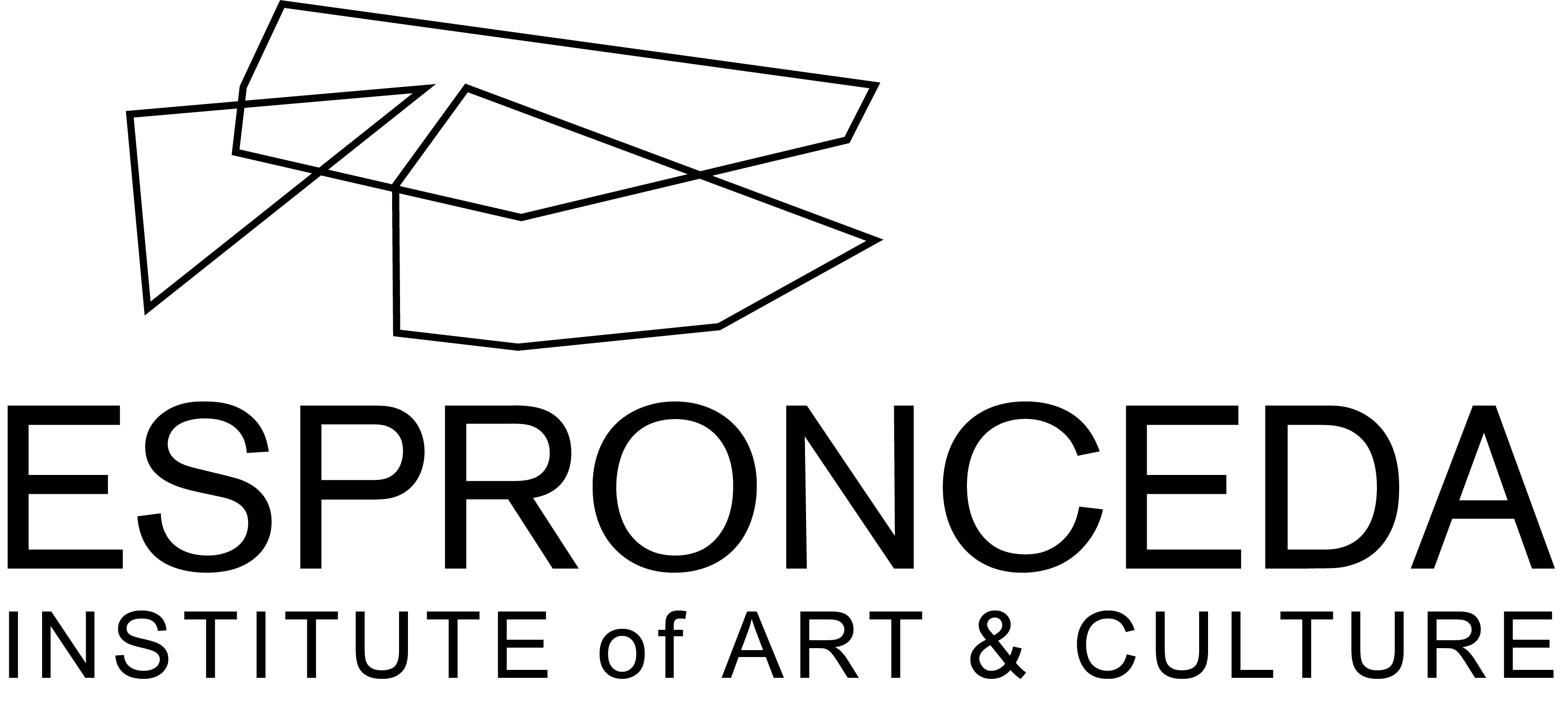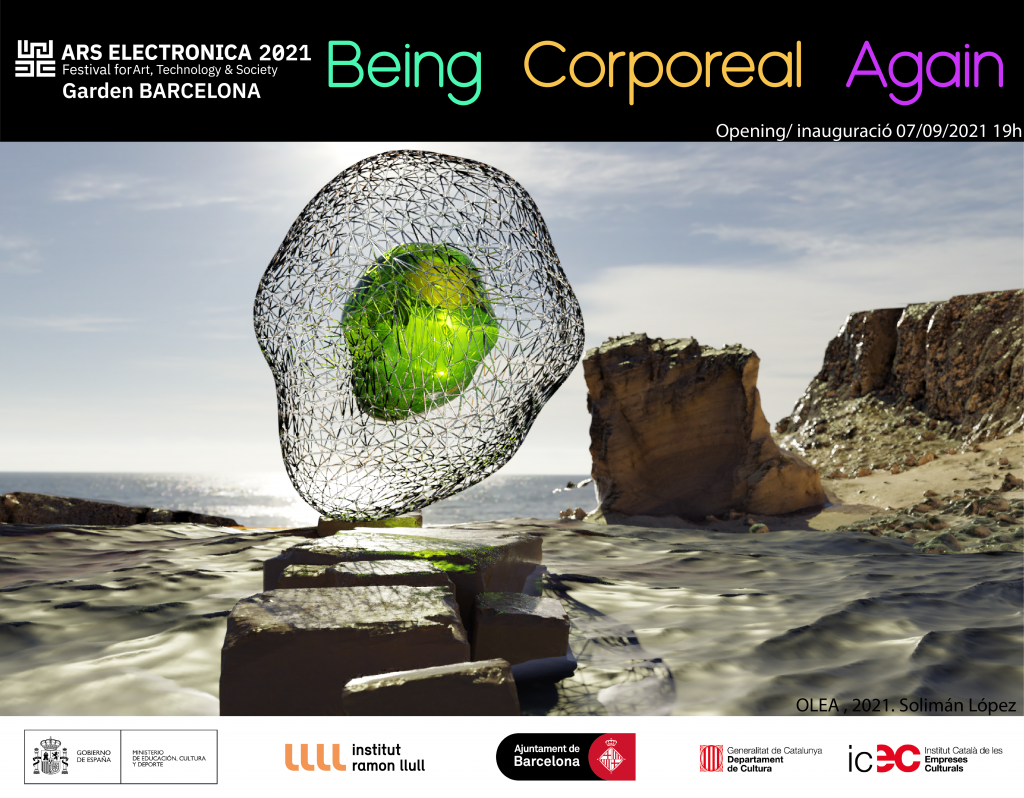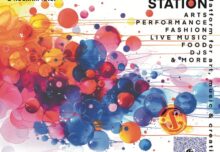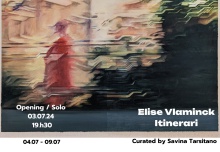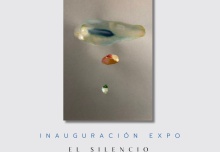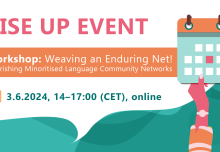BEING CORPOREAL AGAIN
Opening: September 7th, 7 p.m.
Dates: from September 8th until September 19th, 2021
Time: 11 a.m. to 8 p.m.
Venue: Carrer d’Espronceda 326, Nave 4,5 & 10, Barcelona
Entrance: free. No prior registration required
ESPRONCEDA – Institute of Art & Culture, following its mission of international cooperation and creation of innovation synergies, participates for the second consecutive year in Ars Electronica Gardens, with an exhibition proposal that is based on two concepts, first in the challenge of the Festival: exploring new formats accessible and interactive digital platforms that create inclusive participation in an entertaining and attractive way, and second in the vision of New European Bauhaus, an initiative of which Espronceda is an official partner and that wants to generate more artistic, sustainable and inclusive forms of coexistence.
The connection of the digital world with the physical and natural world, with its sustainability within complexity, is expressed in the main project of the exhibition: OLEA by Solimán López, which connects blockchain digital creation with the organic synthesis of DNA and its inclusion in the cycles of life through olive oil: health, culture and myth. This natural connection is also present in Mohsen Hazrati’s “Perception of wine” project, augmented reality experience.
The exploration of new interactive and inclusive digital formats, telepresence and digital collective emotion is present in the IMMENSIVA project: Oxytocina Machina, an artistic multiple installation and VR that will connect unknown people in real time separated by thousands of kilometers, from Barcelona, Milan, Rotterdam and Linz.
Connected with sustainability, “TesserLce” project, latent and urgent reality of poles melting, or how we can appreciate our urban environment in a more human way under the complexity and diversity proposed by “Theater of Inconvenciences”.
All the artistic projects: installations, videos and VR of Espronceda will be digitally present in a virtual gallery on the Mozilla Hubs platform accessible by laptop or VR headset and available through Ars Electrónica’s Swapcard.
WORKS
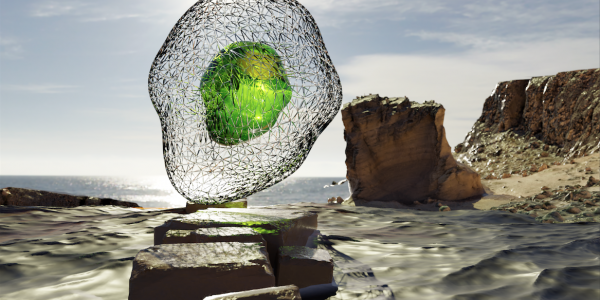
Olea. Credits: Solimán López
Olea. Digital-bio codifications. Solimán López. 2021
The OLEA project proposes a space for reflection and a rapprochement of species, concepts, economies, societies and information flows that converge in a single fluid. Olive oil. Historically related to deities, abundance, health, softness and liquid gold, olive oil is the perfect place to embrace other natures. Genetic alteration, its artificial construction and coexistence in hybrid spaces, configure a new ecosystem of ethical, religious, political and social thought that, thanks to this project, aims to link molecularly with technopolitical structures, cryptography and decentralised models of thought and economy. OLEA is an oleic fluid in which the properties of this oil coexist with the molecular synthesis of the code that gives life to a cryptocurrency in blockchain environments. This hybridisation of spaces reveals a new place of understanding. A new unexpected future in the revolution of the species.
Solimán López (SP) develops his artistic production between his studio in Paris, France (UAS, Updated Art Studio) and ESAT LAB, Innovation department that he runs at ESAT, Escuela Superior de Arte y Tecnología de Valencia, Spain.
His work with the meaning and nature of digital archives, as shown by some pieces such as the Harddiskmuseum, an art museum on a hard disk, Framed Memory Card, Host-in, Langpath or File Genesis or more recent works in which virtual and analog worlds are connected through photogrammetry as in High Meshes.
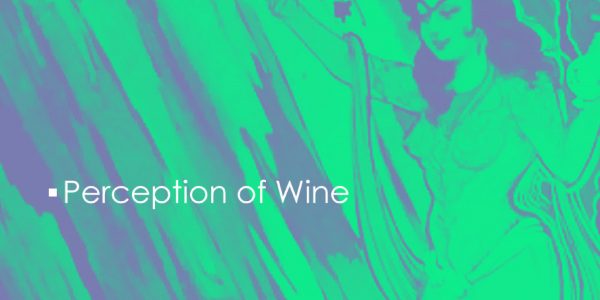
Perception of wine. Credits: Mohsen Hazrati
Perception of wine. Mohsen Hazrati. 2020.
Multimedia installation that explores the connection between the digital universe and the physical world, based on the Iran’s cultural past and the perception of wine in Persian literature, approaching it from a scientific and poetic perspective.
Starting from the ancient Iranian innovations on the generation of electricity through wine, more than 2000 years ago, Hazrati tries to shape a new way of perceiving the “nectar of the gods” in the current digital age, using it to produce enough electricity to activate and run a facial recognition device. The result is a project that visualises our humanity through a hybrid Multimedia installation that explores the connection between the digital universe and the physical world, based on the Iran’s cultural past and the perception of wine in Persian literature, approaching it from a scientific and poetic perspective.
Starting from the ancient Iranian innovations on the generation of electricity through wine, more than 2000 years ago, Hazrati tries to shape a new way of perceiving the “nectar of the gods” in the current digital age, using it to produce enough electricity to activate and run a facial recognition device. The result is a project that visualises our humanity through a hybrid piece where electrochemical reaction translates into enhanced reality and digital content.piece where electrochemical reaction translates into enhanced reality and digital content.
Mohsen Hazrati is an artist working with new media and digital research, co-founder of DAHProject. Born and raised in Shiraz, a city famous for its literature, culture, poets and its gardens, which prove to be elements present across his array of work, as well as the mysterious poems of Hafiz and Saadi. Through art and new media, especially virtual and enhanced reality experiences, Hazrati tries to find new ways to interpret and update this mystical world.
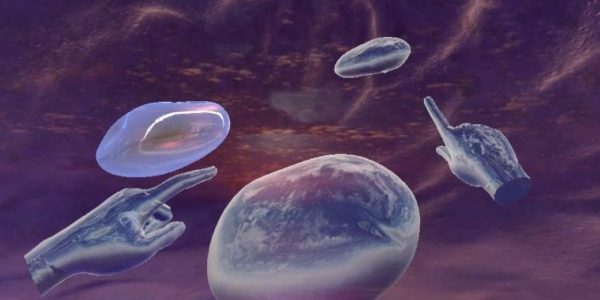
Oxytocina Machina. Credits: Sammie de Vries, Mila Moleman, Zalán Szakács, Mathieu Preux, Lucía Redondo
Oxytocina Machina. Sammie de Vries, Mila Moleman, Zalán Szakács, Mathieu Preux, Lucía Redondo. 2021.
The exploration of new interactive and inclusive digital formats, telepresence and digital collective emotion come to the forefront in this project, which consists of an artistic installation in multiple virtual reality, connecting visitors to three Gardens (Barcelona, Rotterdam and Milan) and the festival’s headquarters in Linz. In each city, there will be an inflatable capsule, a safe space where the user can separate themselves from physical reality and cross into a kind of portal to the virtual world. This playful experience invites the participant to use interactions and their body to connect with their remote counterparts. A virtual guide, in the form of a mysterious particle, inspires and guides the participants towards making a connection. However, it’s not a robot or artificial intelligence software, but a real human being who ends up playing a live role in the virtual reality experience.

Theater of Inconveniences. Credits: Anirudhan Iyengar, Nuño de la Serna Vicente, Dominic Schwab, Helvijs Savickis, Julia Obleitner, Mathieu Preux
Theater of Inconveniences. Anirudhan Iyengar, Nuño de la Serna Vicente, Dominic Schwab, Helvijs Savickis, Julia Obleitner, Mathieu Preux. 2021
Collectively created virtual reality work, which proposes an immersive experience focused on the observation of the complex space that forms Barcelona, which is identified, narrated and rewritten. The installation, which explores the urban landscape and its everyday scenes in a psychogeography focused environment, examines the influence of the built or geographical environment on our perception in a fully virtual space. With this in mind, the city becomes a stage for encounters, actors, actions, surprise scenes and distorted visions.
The immersive experience consists of three different scenes and soundscapes, made up of constructed fragments and 3D scans of facades, shops, squares, streets, architectures, objects and people, exploring different scales and aspects of Barcelona. Its goal is to reflect on how we can appreciate our urban environment in a more human way based on the value and richness of complexity and diversity.
The work connects Espronceda with another project focused on the enhancement of cultural and social heritage that is showcased at Innsbruck Garden / Bad Ischl.
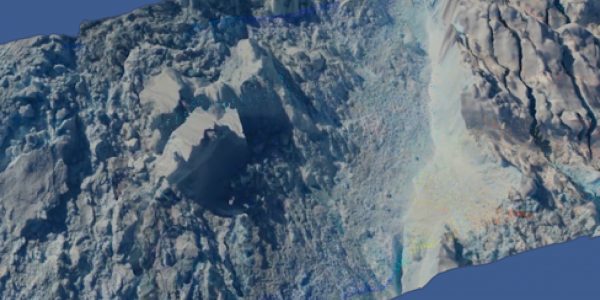
Tesserice. Credits: Clea T. Waite, Max Orozco, Jared Christopher Kelley
TesserLce. Clea T. Waite, Max Orozco, Jared Christopher Kelley. 2021
Based on the concept of sustainability, this project, emerged in interdisciplinary collaboration, confronts us with the melting of the poles and immerses us in that latent and urgent reality that calls for profound solutions and change. The work depicts an immersive media landscape in hyperspace, representing the space-time of glacial ice from within a four-dimensional structure. According to its authors, it is a hyper-documentary poem that reveals the spatiotemporal effects of climate change on ice lived through an individual experience.
Visualising four-dimensional architecture from the confines of our three-dimensional space is one of greatest challenges for mathematicians and artists. Most possible solutions are visualised through these virtual architectures. The media landscape’s acoustics play an essential role in the sensory environment of the experience, turning the work into a four-dimensional navigable space.
The work connects Espronceda with another project focused on the enhancement of cultural and social heritage that is showcased at Innsbruck Garden / Bad Ischl.Based on the concept of sustainability, this project, emerged in interdisciplinary collaboration, confronts us with the melting of the poles and immerses us in that latent and urgent reality that calls for profound solutions and change. The work depicts an immersive media landscape in hyperspace, representing the space-time of glacial ice from within a four-dimensional structure. According to its authors, it is a hyper-documentary poem that reveals the spatiotemporal effects of climate change on ice lived through an individual experience.
